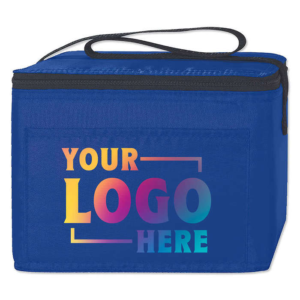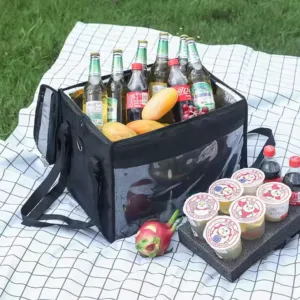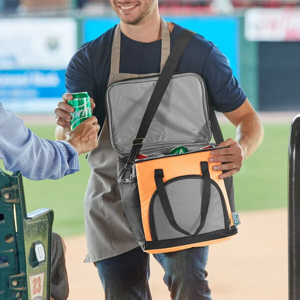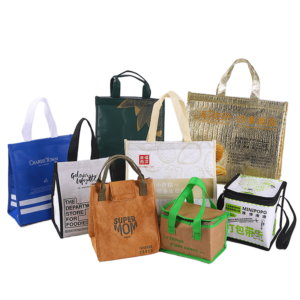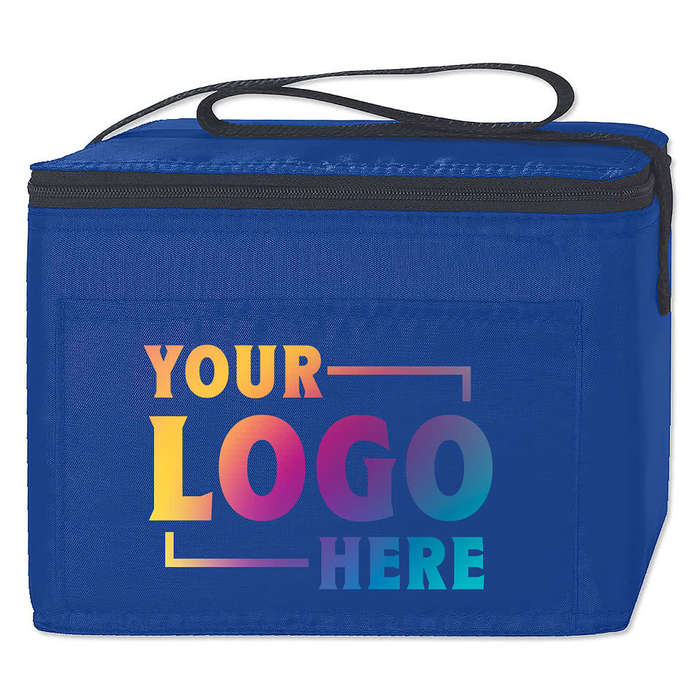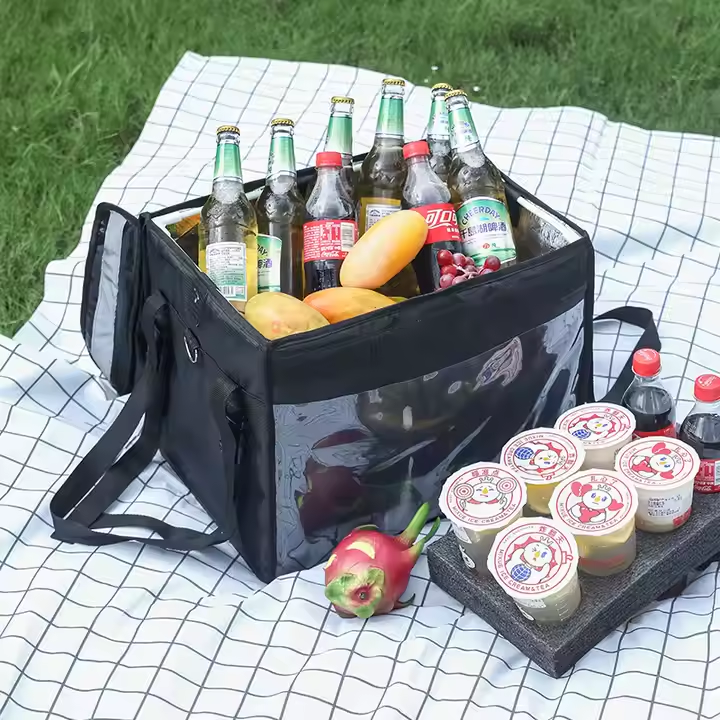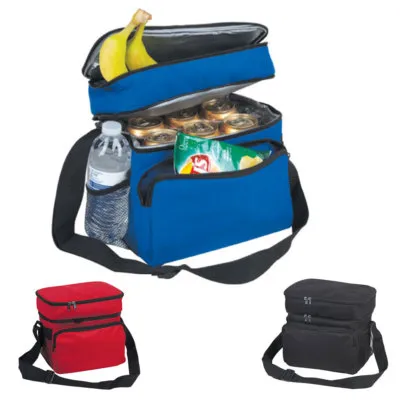Evaluating Cooler Bag Samples: 7 Essential Comparison Points
When choosing cooler bag samples, it's key to look at what keeps items cold, how easy the bag is to use, and if it stands up to daily wear and tear. These seven factors will help you make a smart choice—professionally and practically.
7 Things to Compare When Evaluating Cooler Bag Samples
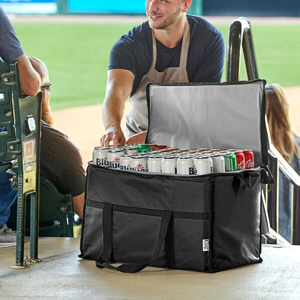
Quick View: Compare cooler bag samples by insulation, usability, portability, durability, capacity, leak-proofing, and straps. Covering these ensures reliable performance.
Curious how these factors affect your pick? Keep reading for a full breakdown.
1. Insulation1
Good insulation decides how long your cooler keeps things cold. Look at materials like open-cell foam, closed-cell foam, coated PU, or reflective Mylar. Each one blocks heat in different ways.
Heat Transfer Materials2
| Material | Advantages | Drawbacks |
|---|---|---|
| Closed-cell foam | Highest thermal resistance | Can be heavier |
| Open-cell foam | Lightweight | Less durable, absorbs water |
| PU coating | Thin, protects foam | Can tear if sharp object hits |
| Mylar lining | Reflects radiant heat | Needs foam to work well |
Check ice melt duration. Cooler bags with better insulation hold ice longer. Test with ice melt trials of different sample materials for precise comparison.
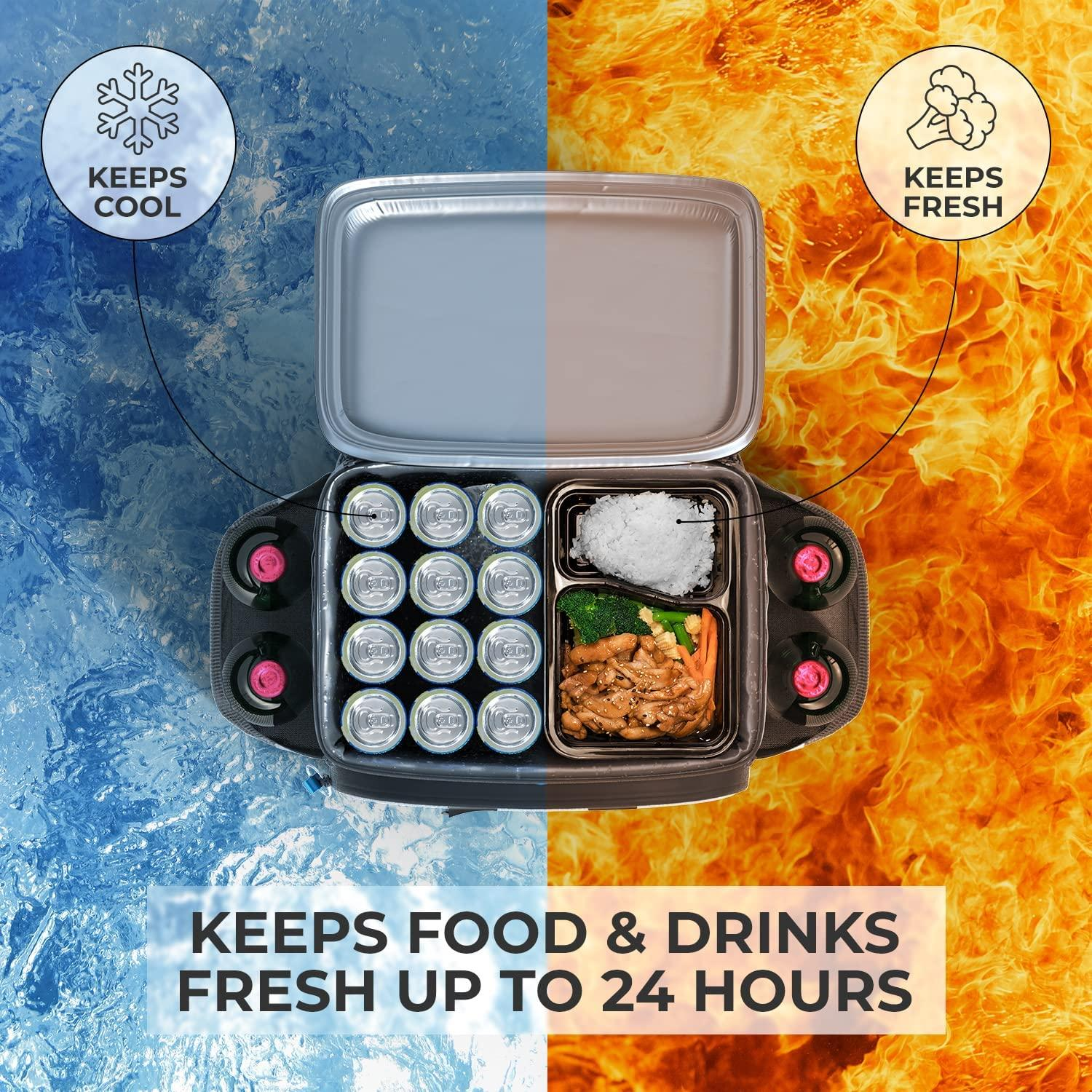
Practical Tip
Carry ice for 24 hours and check debris. If ice stays at least half-frozen, insulation is solid.
2. Ease of Use
A cooler bag should be easy to fill, empty, and clean. Look at opening types and zipper operation for daily convenience.
Design Features
- Flip‑top lids allow one‑hand access and prevent spills.
- Heavy-duty zippers are strong, but need lubrication.
- Toothless polyester zippers glide smoothly but risk separating under stress.
Check inner lining: wipeable and stain-resistant surfaces make cleanup easy.
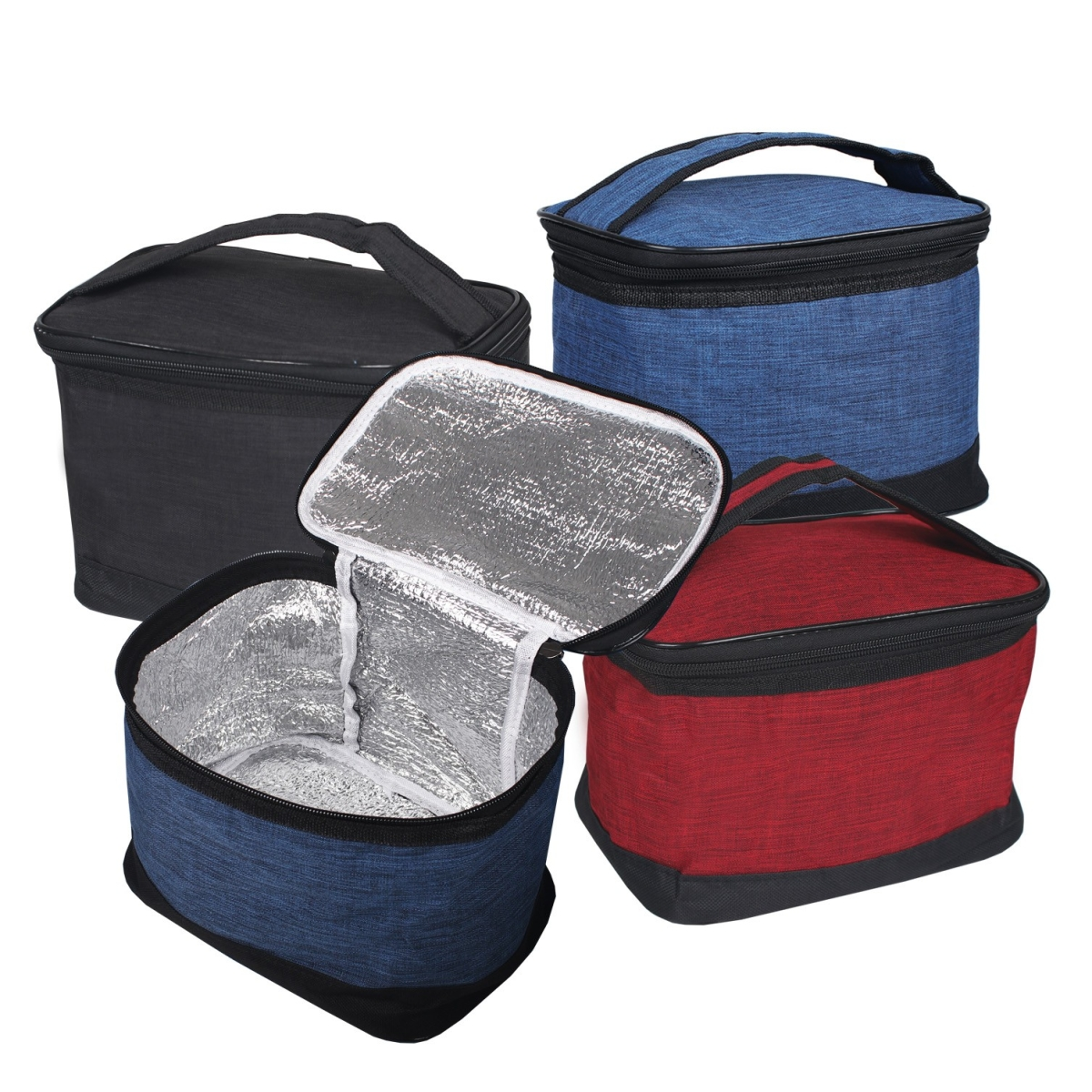
Practical Tip
Fill with frozen food packets, zip it full, then rotate upside down. If it stays sealed, it scores high on usability.
3. Portability
How easy it is to carry a fully loaded cooler matters—especially on long trips.
Carry Options
- Side handles: good for short, shared carrying.
- Top handles: easy for light loads.
- Crossbody straps: distribute weight for comfort.
- Backpack style: best for long distances, even weight distribution.
Padding helps, but strap design must prevent slipping. Backpack coolers outperform totes when walking longer distances.
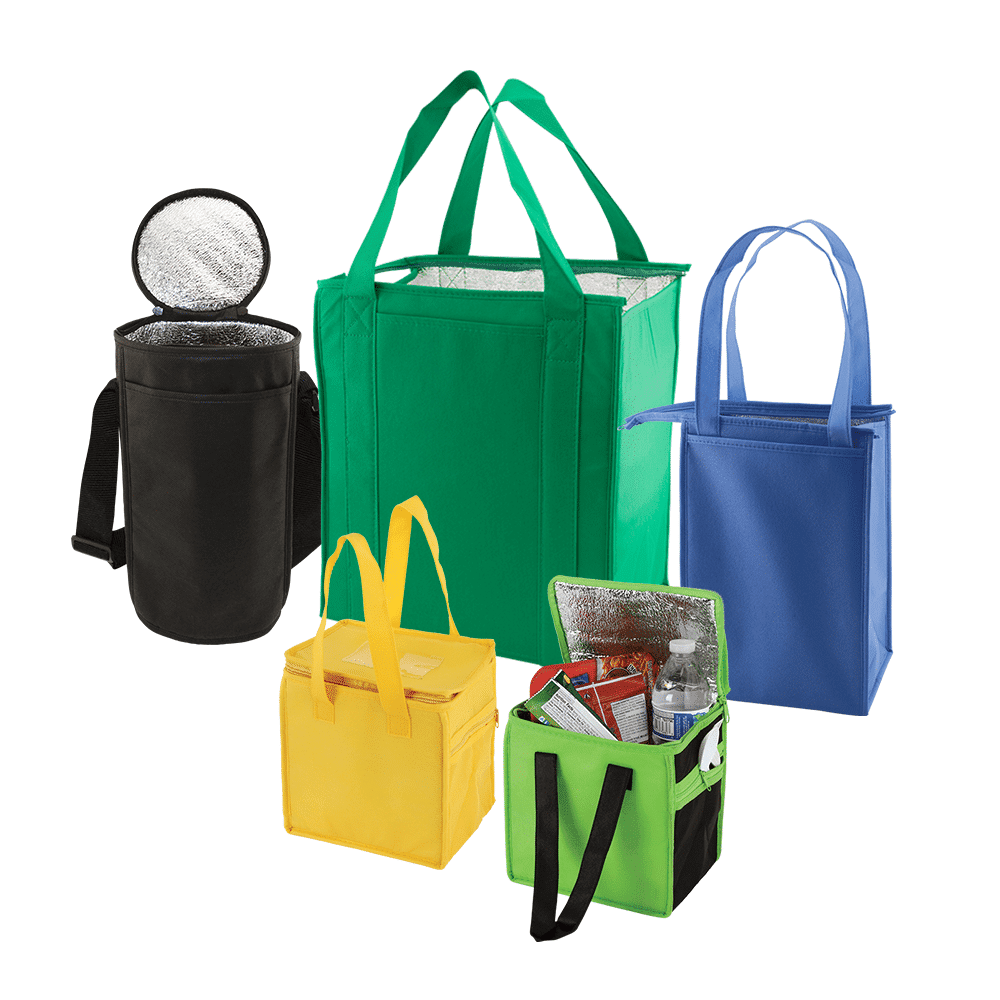
Practical Tip
Load bag with at least 10 lbs. Walk a quarter mile. If straps hurt or dig in, score is low.
4. Durability3
A cooler bag faces rough use—dragging, dropping, or getting wet. It needs to hold up.
Stress Points & Material Quality
- Test handles and straps with sudden pulls.
- Rub fabric against concrete or grass to check waterproof coating wear.
- Inspect seam stitching. Loose threads signal weak spots.
- Confirm stainless zippers resist rust.
Durability shows over multiple uses. Choose materials and construction that prevent early wear.
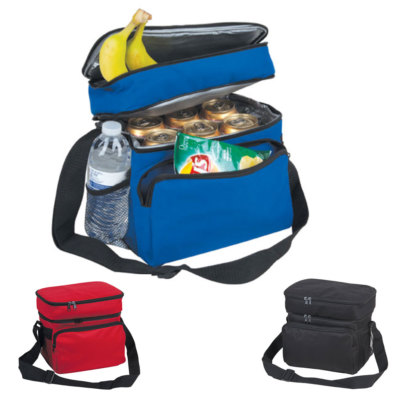
Practical Tip
Drag an empty cooler across rough ground. If the bottom seam splits or lining leaks, durability is poor.
5. Capacity and Packability4
You want to maximize available space inside the cooler—and fit odd shapes like bottles.
Internal Design
- Wide-opening tops help fit large items.
- Flat bases prevent bottles rolling.
- Mesh pockets hold accessories without wasting cold space.
- External pockets are convenient but avoid insulated pockets leaking cold.
Make sure interior volume matches posted specs—not just external size.

Practical Tip
Bring a wine bottle and a 6-pack. Does everything fit without crushing ice? That’s solid capacity design.
6. Leak‑Proofing
A cooler bag needs to keep water out and in. That means reliable seals all around.
Waterproof Testing5
- Fully waterproof zippers or sealed seams prevent leaks.
- Test by submerging cooler while empty. Any seepage?
- Waterproof lining should resist moisture even under pressure.
You also want water to stay in if ice melts—especially when laid on its side.
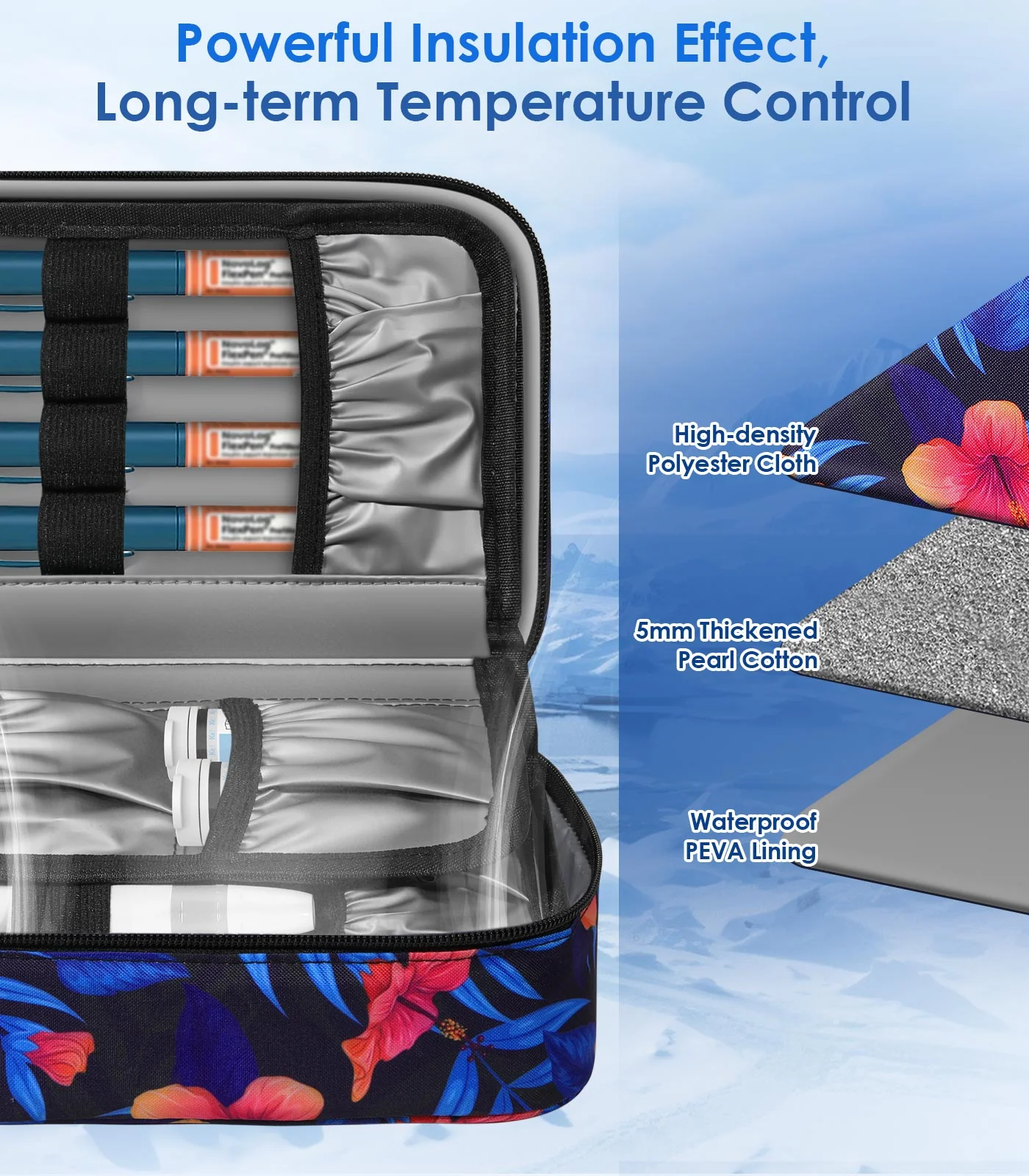
Practical Tip
Fill with water, lay on side for 30 minutes. If no water leaks, it passes leak‑proof standard.
7. Strap Quality
Good straps make heavy loads easier. Focus on adjustability, padding, and structure.
Strap Features
- Thick, adjustable padding reduces shoulder strain.
- Waist or chest buckles balance the weight.
- Reinforced stitching prevents strap tearing.
- Materials like nylon webbing resist wear and weather.
Strap assembly often indicates overall build quality. Weak straps lead to early failure.
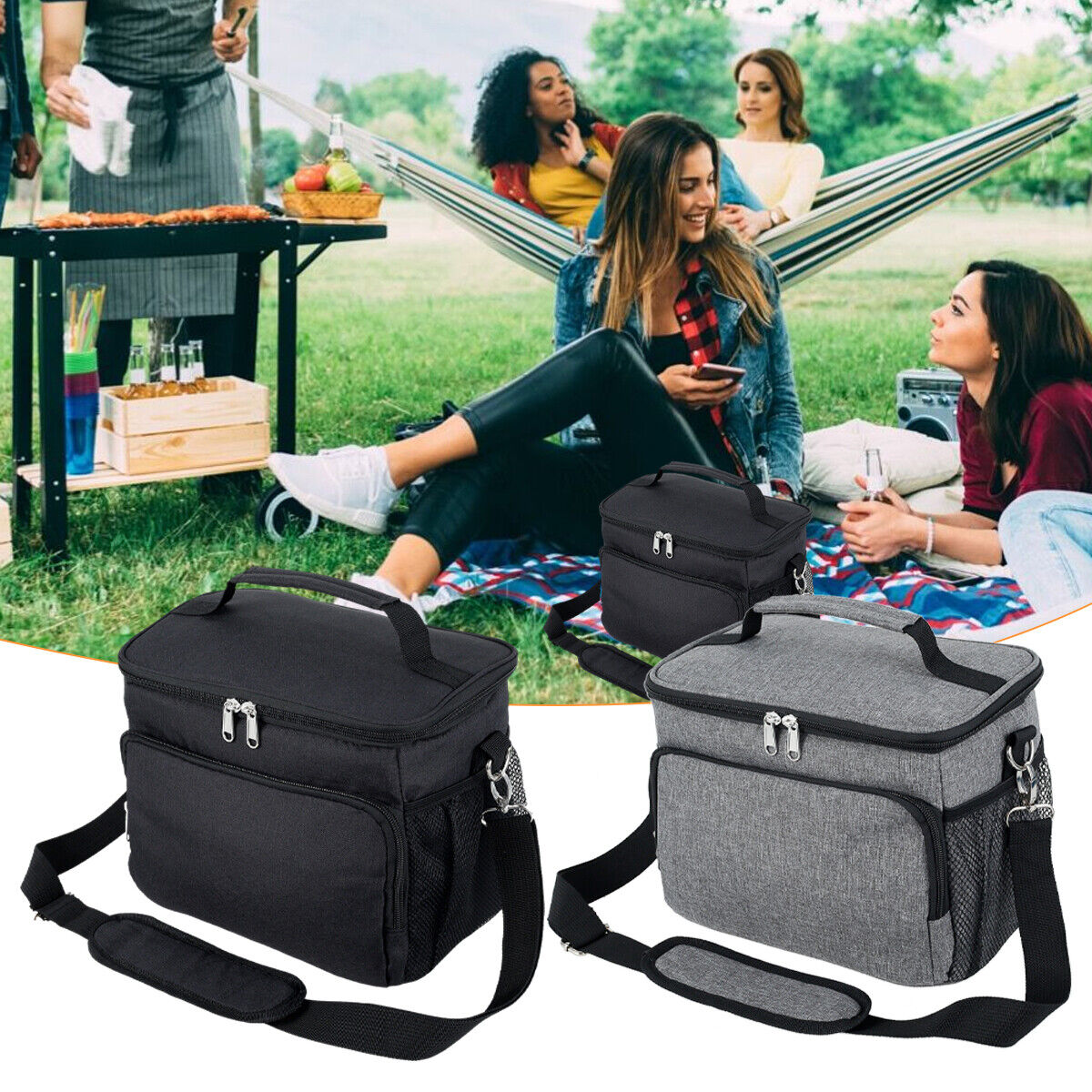
Practical Tip
Test load at 20 % heavier than typical use. Lift bag by straps—no separating stitches or slipping buckles.
More Info
For detailed specs, customization options, and bulk sample orders, check out our cooler bag range here: https://zjjrpackaging.com/cooler-bag/
Conclusion
These seven criteria—insulation, ease of use, portability, durability, capacity, leak‑proofing, and strap quality—ensure your cooler bag choice matches your needs. My experience: focusing on insulation and portability first made the biggest impact on performance.
Choose based on what matters most—whether it’s keeping ice solid for hours, ease of carrying, or resisting damage. That will help you pick the most reliable sample.
Let me know which factor matters most to you in the comments below!
-
Explore this link to understand how different insulation materials impact cooler performance. ↩
-
Explore this link to learn about various materials and their effectiveness in insulation. ↩
-
Find out effective methods to assess the durability of cooler bags before purchasing. ↩
-
Get insights on maximizing space and packability in cooler bags for better organization. ↩
-
Discover effective testing methods to ensure your cooler bag can withstand moisture. ↩


